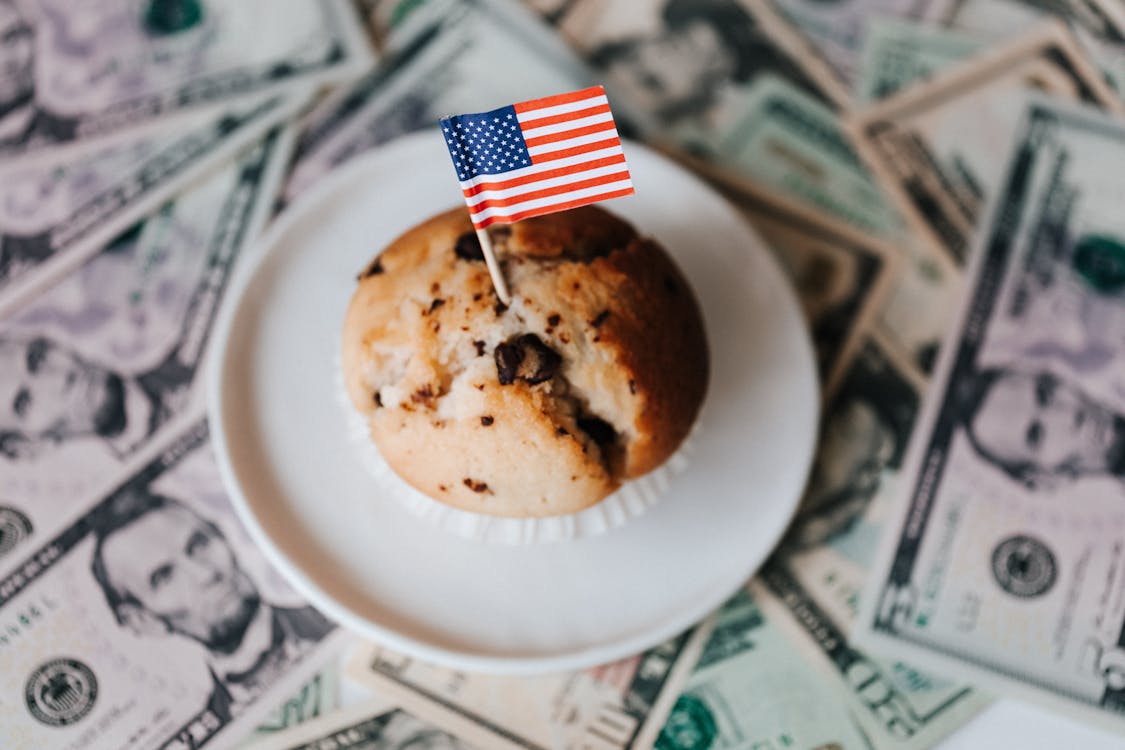Three Indicators That Show Promise For A Soft Landing

Image Source: Pexels
Months ago, most economists dismissed claims that Jerome Powell and his team of policymakers at the Federal Reserve would pull off the so-called “soft landing.” But after recent events and improving macro data, the group of doubters has grown considerably smaller.
Why is a US Soft Landing Increasingly Possible?
A soft landing occurs when the central bank successfully engineers a moderate economic slowdown to prevent overheating without pushing interest rates too high to trigger a recession. While it is still early to come to definitive conclusions, multiple indicators suggest that the Fed is closer to achieving that objective. Well, three, in particular.
First, the annual inflation rate, sitting at a 4-decade high in the summer of 2022, has decreased significantly over the past year. More concretely, the latest consumer price index (CPI) data showed that inflation stood at 3.1% anually in November, down from a 9.1% peak in June 2022.
At the same time, the job growth in the US has been running at a reduced pace, but the labor market still remains robust. The US economy has been seeing monthly job gains of around 200,000 over the past three months, on average. That figure is well below the 300,000 seen in early 2023 but sturdy compared to historical figures. Meanwhile, the 3.7% unemployment rate is slightly above a 50-year low.
Finally, US consumers are still eager to spend despite interest rates at the highest levels in over two decades. Consumer spending, which accounts for around 70% of the economic activity, is holding up due to notable pay increases that recently began outpacing inflation. During the Black Friday holiday last month, US residents spent a record $9.8 billion in online shopping, 7.5% higher than last year’s record-setting $9.12 billion.
The Fed Pivot
The key tool the Fed has been using to moderate inflation and attempt to orchestrate a soft landing is interest rates.
Over the past 20 months, the US central bank imposed 11 rate hikes to rein in the economy’s growth pace. However, the bulk of increases have been carried out in 2022. This year, the Fed hiked rates only four times, each by 25 basis points (bps).
Instead of raising them further, the policymakers kept interest rates “higher for longer” at 22-year highs to drive down aggregate demand. Earlier this week, the central bank confirmed investors’ expectations that it would begin cutting rates in 2024, sending US equities sharply higher.
More By This Author:
Rivian Vs. Tesla: Which EV Stock Offers More Opportunity For GrowthMarket Braces For ‘Triple Witching’ Friday As Over $5T In Contracts To Expire
Costco’s Strong Start: Q1 Earnings Soar To $3.58 Per Share
Neither the author, Tim Fries, nor this website, The Tokenist, provide financial advice. Please consult our more



